
Turbo car: operation, maintenance and price
Content
A turbocharger, or simply a turbo, is designed to improve the performance of your engine. It works thanks to a turbine that catches the exhaust gases before compressing them, hence the name of the turbocharger. The air is then returned to the engine to improve combustion.
🚗 How does turbo work?
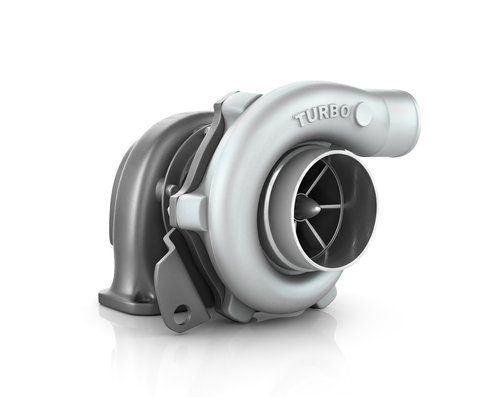
Turbo operation is very simple. Indeed, turbocharging allows exhaust gases to be recovered to return them to the intake. Thus, the supplied air is compressed to increase the oxygen supply to the engine: this is why we are talking about turbocharger.
This oxygen boost increases combustion and therefore the power delivered by the engine. It's here bypass which makes it possible to control the pressure of the air injected into the inlet.
However, for proper operation and to prevent overheating of the engine, it is necessary to cool the air directed by the turbocharger. It also maximizes the turbocharger effect, since cold air expands less than hot air: so even more air can be compressed.
It is aintercooler which cools the air compressed by the turbocharger. Likewise, the amount of air injected into the engine's combustion chamber is controlled by a solenoid valve controlled by the vehicle's computer. And it is there relief valve, or a relief valve to reduce the pressure in the turbocharger.
🔍 What are the symptoms of an HS turbocharger?
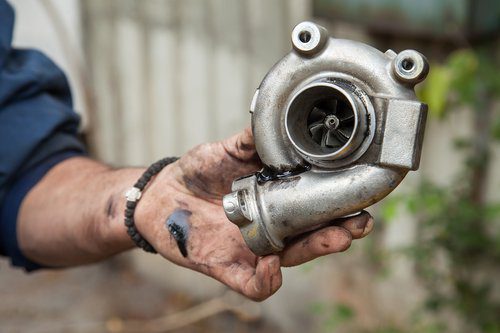
There are several symptoms that can tell you that your turbine is defective or even HS:
- you feel lack of power motor or jerks;
- Your car emits a lot black smoke or blue ;
- Your engine oil consumption in priority;
- Your turbo whistles during acceleration and deceleration;
- You are watching oil leak comes from the turbo;
- your car consumes a lot of fuel ;
- Your engine overheating.
If you notice any of these symptoms on your car, we recommend that you quickly head to the garage to have the turbine checked. It is important to resolve turbo problems quickly, or you may run into other, more serious and costly problems.
🔧 How to clean a turbo?

The turbine located on the exhaust manifold is in constant contact with the exhaust gases and therefore with soot (calamine) that make them up. Therefore, in order to properly maintain the turbine and avoid clogging, it is advisable to regularly descale it.
Indeed, descaling removes all carbon deposits and grease residues by pyrolysis. To do this, it is enough to introduce hydrogen into the engine in order to dissolve and remove scale through the muffler in the form of gas.
Descaling is an inexpensive measure that avoids more costly breakdowns, such as, for example, Replacing the exhaust gas recirculation valve or FAP.
Good to know : descaling prolongs the life of the exhaust gas recirculation valve and DPF (Particulate Filter) while reducing fuel consumption. Therefore, remember to regularly descale the engine to avoid premature replacement of engine parts.
👨🔧 How to check a turbo?
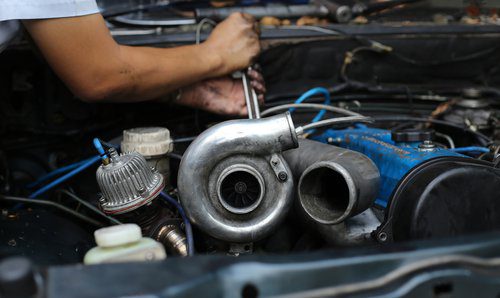
Here we explain the basic checks that must be performed to check that the turbocharger is working properly and to detect any malfunctions that may arise. This guide should be done if you have the basic mechanics!
Required material:
- Protective gloves
- Screwdriver
Step 1. Disassemble the intake and exhaust manifolds.
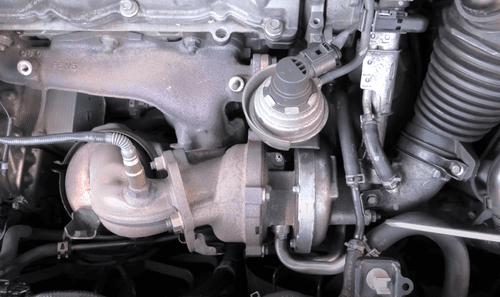
To check your turbine, first disassemble the intake and exhaust manifolds so you can visually inspect the turbine and compressor wheels. Make sure there are no foreign objects in the turbocharger.
Step 2: Make sure the wheel axle rotates normally.
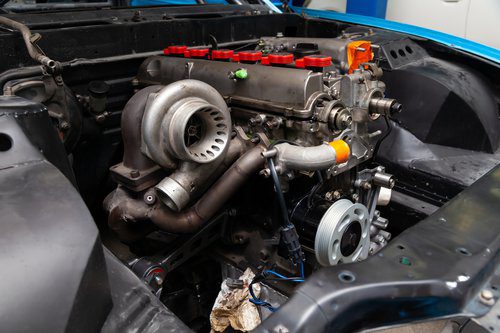
Then check that the wheel axles rotate smoothly. Also make sure there is no oil on the shaft seals. If you turn the axle, it should continue to rotate freely without restriction. If you observe resistance or loud noise when turning the axle, your turbine is out of order.
Step 3: check Wastegate
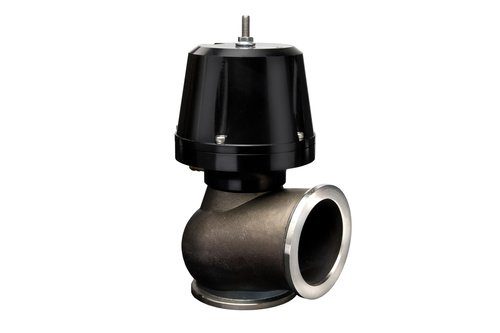
Finally, check your car's turbocharger wastegate and make sure it isn't stuck in the closed or open position. If the wastegate is kept closed, the turbocharger will operate with supercharging, which can damage the engine. If the wastegate is stuck open, then the turbocharger will be useless because it cannot build up pressure.
💰 How much does a turbo change cost?
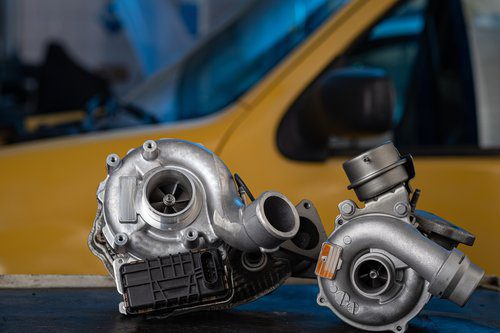
The cost of replacing a turbocharger varies greatly from one car model to another. Therefore, we advise you to find out the exact price of replacing the turbocharger with Vroomly on your vehicle.
But keep in mind that the average cost of replacing a turbine is from 350 € to 700 € depending on the car model. So be sure to compare car services near you to be sure to change the turbo for the best price.
We remind you that all our trusted mechanics are at your disposal to take care of your turbo if needed. Use Vroomly and save significant money on turbine maintenance and repairs. You can also make an appointment online directly from our platform!


2 comment
anonym
It's a good understanding, thank you very much
I have a question, exactly according to this explanation, my car is a 1HD Land Cruiser
turbo and it eats oil as soon as i start the engine the smoke comes out and when i go it smokes more and more
It's actually a turbo problem, so I'd appreciate it if you could point me to a good mechanic who can do it right.
With thanks 0912620288
anonym
Why did I want to ask you when I fill up the car and give it turbo gas, what can it be?